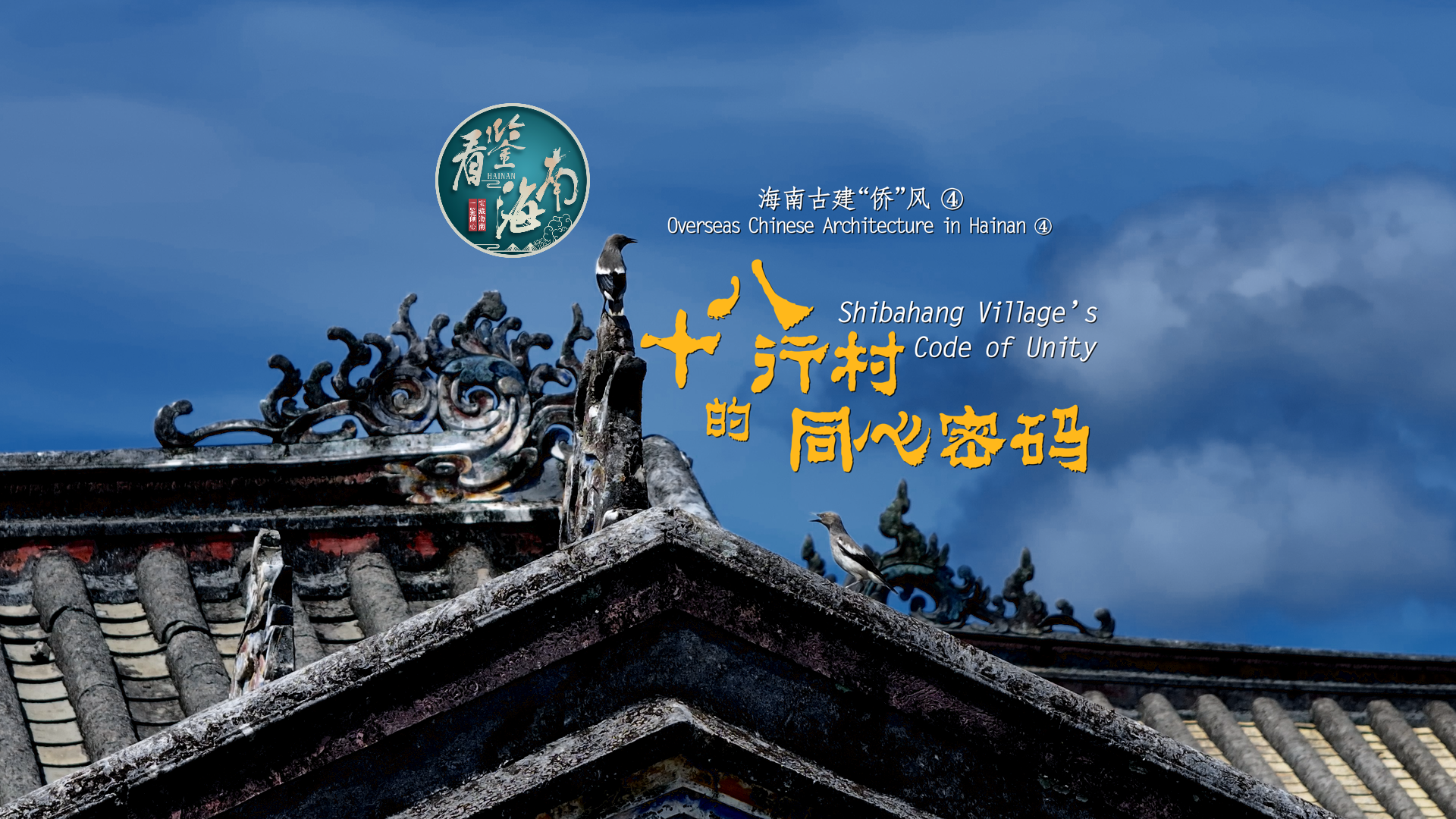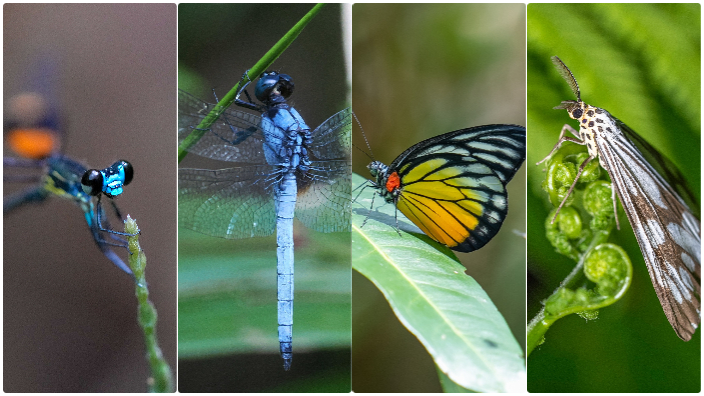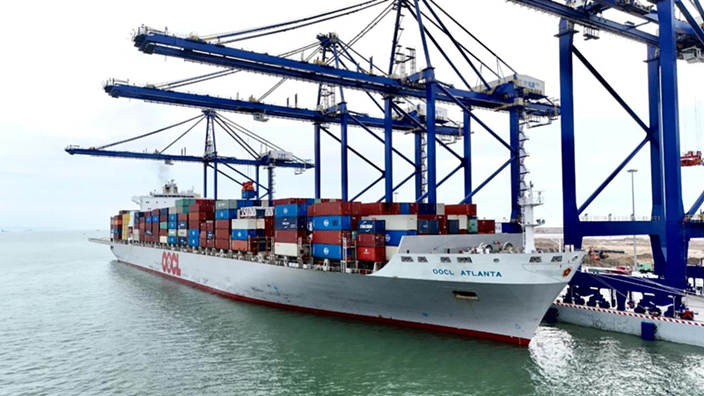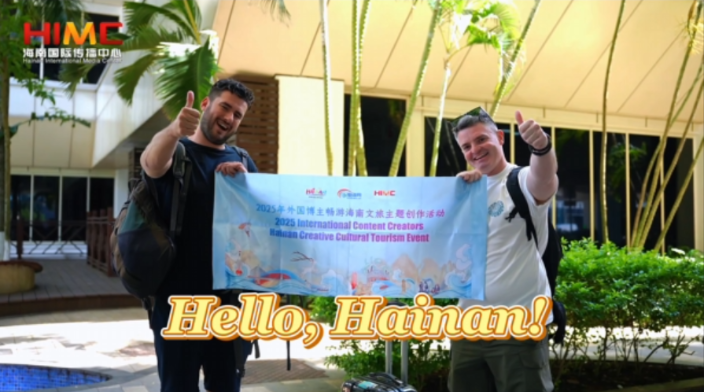
From Hainan's bustling urban centers to its most secluded and still hamlets, relief paintings can be found decorating architecture both ancient and modern throughout this tropical island. It is in Wenchang, a city on Hainan's northeast coast, where this art can be found in its most ancient and finest form.
The art of relief painting is also referred to locally as 堆灰 (duī huī, "layering and sculpting plaster.") This is because in the process of making relief paintings, artisans use plaster knives to layer on and sculpt plaster before applying color.
Making a Relief Painting
Mixing the Plaster
Set quantities of lime shell powder, grass mulch lime, paper mulch lime, glutinous rice water, and brown sugar are mixed together to produce a highly sculptable yet wear-resistant plaster paste.
Design Composition
The artisan composes an appropriate design in their mind, taking into consideration the architectural space and intended placement of the painting, and then sketches the outline onto the painting's base.
Setting the Base
The artisan uses grass mulch lime paste to set the base of the design. Nails are sometimes used for added stability.
Layering and Sculpting
The artisan layers on paper mulch lime paste and sculpts it, forming all the details in relief.
Applying Color
The artisan applies a rich palette of colors to the finished painting.
Wenchang Relief Painting has a history stretching back over a millennium. According to Zeng Xiaoning, director of the Wenchang Cultural Museum, the inhabitants of Wenchang are mainly the descendants of immigrants from southern Fujian and other places along China's southeastern coast, and it is from them that they inherited their customs and crafts, including relief painting.
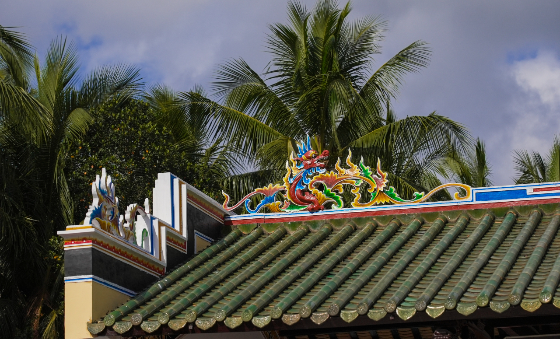
The rustic motifs used in Wenchang Relief Painting are myriad, with popular ones including ruyi talismans, various flora and floral arrangements, wildlife such as magpies, bats, and cranes among pine trees, and landscapes. In line with custom, the center roof beam of a building's main hall incorporates relief paintings with immortality peaches, peonies, and floral arrangements, whereas outer walls beneath the eaves are decorated with paintings of "magpies in the plum tree" to symbolize happiness, "lotus flowers and carps" to represent abundance, or "goldfish and begonias" to usher in great fortune. Motifs such as cranes among pine trees and peonies are typical found above doorways and windows, and roof ridges are decorated with the winding bodies of flood dragons, coiled vines, and auspicious clouds.
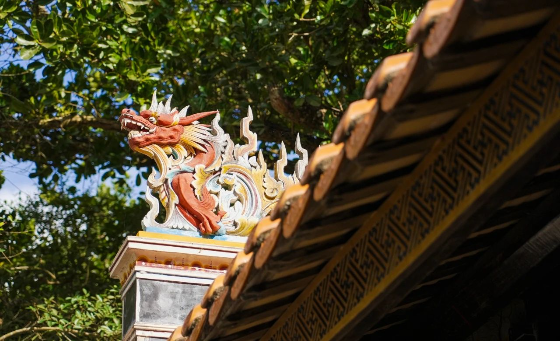
In relief painting, almost anything goes. This can be seen in the Qilou arcade-style buildings dotted around Haikou and Wenchang. In the Qilou Historical Quarter in Haikou, for example, in addition to animals and plants, various minimalist textual and geometric elements are also incorporated into relief painting, including octagons, "fangsheng" (overlapping rhombuses), "wanzi" ("svasti" patterns used in Buddhism since ancient times to denote good luck), "huizi" (circular or square spirals), and "panchang" (Chinese-style knot patterns). Such motifs have been artfully incorporated into roman columns, archways, and facades in tasteful melange of Chinese and western elements.
In the hands of generations of local artisans, Hainanese relief painting has come into its own. On the balcony of the Haikou Qilou Museum Hotel can be found a relief painting of coiled vines. This motif, which is commonly seen decorating traditional dwellings in northern Hainan, represents steady growth. In relief form, it appears even more colorful and engaging.

When the art of relief painting was first brought to Hainan, it initially adorned only temples and ancestral halls. But such was the appreciation for the art among locals that it eventually made its way onto secular buildings, with homeowners and business people discussing with artisans how best to portray the history of their families or businesses in relief form. An example of this practice can be seen at the Han Family Residence in Fuchai Village within Dongge Town in Wenchang. Emblazoned on the outer wall in relief are the characters “元兴利火锯厂” (Yuan Xing Li Firesaw Factory) that reveal the history of the residence's builder, Han Qinzhun, who started a firesaw factory after making some money working in Southeast Asia over a century ago.
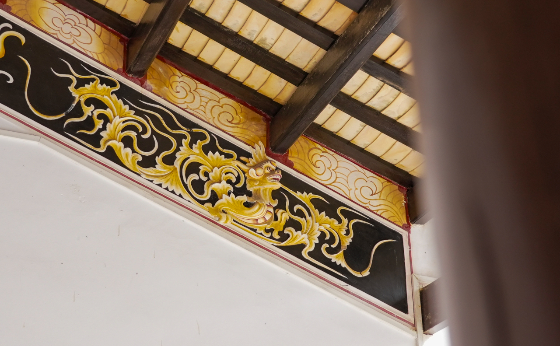
Stunning relief paintings like these aren't just confined to Wenchang. They can also be found gracing the Hou Family Residence in Baodao Village, Haikou and the Cai Family Residence in Liuke Village, Qionghai.
Overseas Chinese Architecture in Hainan ④: Shibahang Village’s Code of Unity
05:47, 27-June-2025World Insect Week: Fantastic Flying Creatures in Hainan’s Rainforests
05:47, 27-June-2025Yangpu International Container Terminal Opens Direct Shipping Route to India
05:47, 27-June-2025It's time for Hainan "Village VA"!
03:13, 26-June-2025Surprise Delivery of Hainan Gifts!
03:13, 26-June-2025One invitation and they came to Hainan right away! Look, they are arriving!
03:12, 26-June-2025By continuing to browser our site and use the services you agree to our use of cookies, Privacy Policy and Terms of Use. You can change your cookie settings through your browser.
